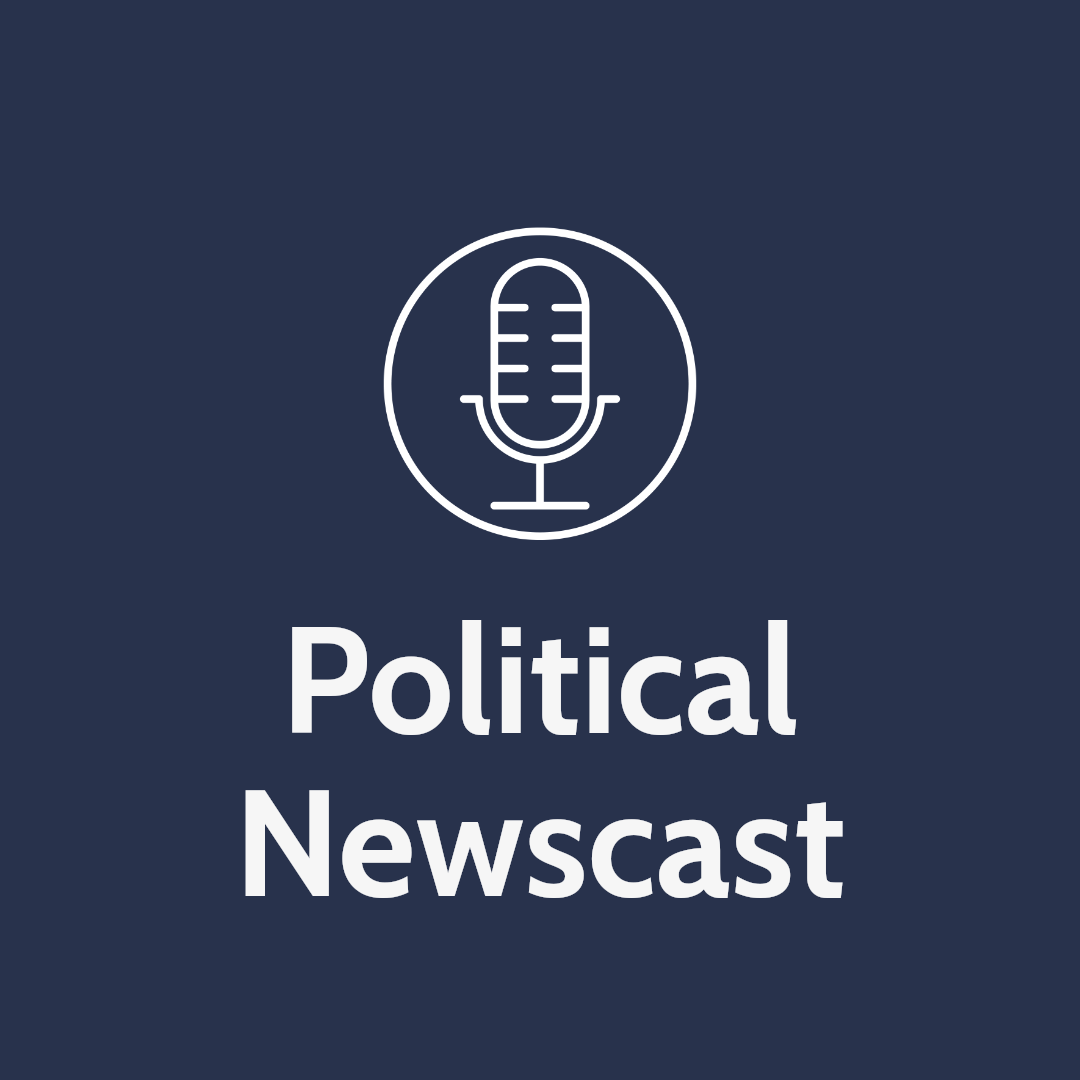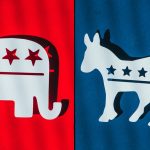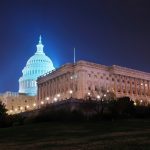Lobbying is one of the most misunderstood components of American politics. For many voters, the word conjures images of secretive deals, corporate influence, or wealthy insiders shaping policy behind closed doors. While there are real concerns about access and influence, lobbying is also a legal and constitutionally protected activity. In fact, it plays a central role in how information flows to lawmakers, how interest groups represent diverse constituencies, and how legislation is shaped in Washington and state capitals across the country. This article breaks down what lobbyists do, how the lobbying industry is regulated, who hires them, and why their role remains so influential in American political life.
What Is Lobbying?
Lobbying refers to any attempt to influence public officials or policy decisions. In practice, this typically involves professionals who advocate for specific legislation, regulations, or funding priorities on behalf of individuals, companies, associations, or nonprofit organizations. The lobbying process is deeply woven into the structure of representative democracy and is active at all levels of government. Lobbyists are often involved in multiple aspects of the legislative process. They may analyze bills for potential effects, offer policy suggestions, and explain how proposed changes could impact constituents, industries, or communities. Their primary objective is to persuade decision-makers to act in ways that align with the interests of the lobbyist’s client or employer. But this role also requires communication skills, data interpretation, and extensive knowledge of procedural law.
A Constitutionally Protected Activity
Lobbying is protected under the First Amendment of the U.S. Constitution, which guarantees the right to petition the government for a redress of grievances. This protection ensures that individuals and groups can advocate for their views and interests without fear of censorship or retaliation by public authorities. This fundamental right is essential for democratic participation. From civil rights groups advocating for equality to religious organizations defending freedom of worship, lobbying allows all sectors of society to engage in public discourse. However, the uneven distribution of lobbying resources has sparked concern that not all voices are equally heard, particularly when large corporations and industry groups vastly outspend grassroots movements and citizen advocacy campaigns.
Who Are Lobbyists?
Lobbyists come from a wide range of backgrounds. Many are former members of Congress, congressional staffers, policy experts, or lawyers with deep knowledge of legislative procedures. Their experience in the legislative or executive branches gives them a strong understanding of how government functions and how to influence it. There are two main types of lobbyists: In-house lobbyists work directly for a single organization, such as a corporation, labor union, trade association, or nonprofit. These professionals focus exclusively on their employer’s interests and often hold full-time roles as public affairs directors or government relations officers. Contract lobbyists are employed by lobbying firms or law firms that serve multiple clients. These individuals manage accounts across industries, offering clients the benefit of diverse connections and issue knowledge. In both cases, lobbyists build relationships with lawmakers and staff, educate them on technical issues, and advocate for specific legislative outcomes. Their success depends on trust, credibility, and the ability to deliver accurate information that aids the policymaking process.
What Lobbyists Do Day to Day
Lobbyists perform a wide range of functions. They monitor bills, attend hearings, meet with lawmakers, and build coalitions. Their daily work includes:
Research and Monitoring: Lobbyists track bills, attend hearings, monitor regulatory actions, and analyze proposed legislation. This helps them provide timely updates and strategy to clients and ensures they are prepared to respond quickly to policy changes.
Drafting and Proposing Legislation: Many lobbyists help draft legislation or suggest amendments. Lawmakers often rely on this support, especially in technical areas where lobbyists offer specific industry expertise.
Direct Advocacy: Lobbyists meet with legislators, testify at hearings, provide data, and argue for or against proposals. These interactions are carefully planned and based on detailed policy knowledge.
Coalition Building: Lobbyists frequently build alliances among groups with common interests. A coalition amplifies their message and shows lawmakers that an issue has broad support.
Public Campaigns: Some lobbying efforts use grassroots pressure — mobilizing voters and the media — to influence legislation. This may include ad campaigns, rallies, or online petitions.
Lobbying Disclosure and Ethics Rules
Lobbyists are required by law to register and report their activities. The Lobbying Disclosure Act of 1995 and the Honest Leadership and Open Government Act of 2007 established:
- Mandatory registration for professional lobbyists
- Quarterly reporting of expenses, clients, and issues
- Restrictions on gifts, meals, and travel
- Cooling-off periods for former government officials
These laws aim to improve transparency and prevent corruption. However, enforcement varies, and some lobbyists operate in “advisory” roles to avoid formal classification.
Lobbying at the State Level
Lobbying is widespread at the state and local levels, where lobbyists influence decisions on education, healthcare, infrastructure, and more. Rules vary by state. Some, like California and New York, have strong disclosure laws. Others have limited oversight. In many states, part-time legislatures and small staffs mean lobbyists play a larger role in shaping policy details. For example, in Texas, the oil and gas industry has long influenced regulation and tax policy. In Florida, real estate and tourism interests shape zoning laws and environmental protections. These examples show how lobbyists often serve as informal experts in states where lawmakers depend on external knowledge to make policy decisions.
Industry Spending and Influence
Lobbying in the United States is a multi-billion-dollar enterprise. In 2023 alone, more than $4 billion was spent on lobbying at the federal level. These expenditures come from a range of sectors, including healthcare, technology, energy, finance, agriculture, and defense. The companies and associations that invest the most in lobbying typically have business models heavily affected by federal policy decisions.
The healthcare sector — particularly pharmaceutical and insurance companies — consistently tops the list. Firms like Pfizer, Johnson & Johnson, and UnitedHealth Group lobby on issues such as drug pricing, Medicaid and Medicare policy, and patent protections. Trade groups like PhRMA (Pharmaceutical Research and Manufacturers of America) and the American Medical Association also play major roles in shaping healthcare legislation.
Tech giants like Amazon, Google, Meta, and Apple have dramatically increased their lobbying budgets over the past decade. These companies now spend tens of millions of dollars annually to influence debates around privacy, antitrust regulation, cybersecurity, and tax reform. Their lobbying teams advocate on both sides of the aisle and often employ former regulators and congressional staff.
Energy companies, especially in the fossil fuel and utility sectors, are heavily involved in climate and environmental policy. ExxonMobil, Chevron, and the American Petroleum Institute regularly lobby on issues ranging from emission standards to oil pipeline development. At the same time, renewable energy companies and environmental nonprofits also spend millions lobbying for clean energy incentives and environmental protections.
Defense contractors like Lockheed Martin, Raytheon, and Northrop Grumman maintain a constant presence in Washington to influence military spending and procurement decisions. These companies often work closely with lawmakers who represent districts with major defense installations, helping shape the size and scope of the defense budget.
The financial industry — including banks, insurance firms, and investment groups — lobbies on issues like financial regulations, interest rate policy, and consumer protections. Major players include the American Bankers Association and the Securities Industry and Financial Markets Association.
Common Misconceptions About Lobbying
Public skepticism about lobbying is widespread, often fueled by media coverage of corruption scandals or high-profile influence peddling. However, several common beliefs about lobbying are either exaggerated or misunderstand the legal reality.
Misconception 1: Lobbying is bribery. Lobbying and bribery are not the same. Lobbying involves legal efforts to influence policy through persuasion, research, and advocacy. Bribery, on the other hand, involves offering money or favors in exchange for official action — which is illegal. Most lobbyists operate within strict legal and ethical boundaries, and the vast majority of interactions are transparent and documented.
Misconception 2: Only corporations lobby. While large corporations are among the biggest spenders, they are not the only players. Labor unions, environmental groups, religious organizations, veterans’ associations, universities, and civil rights groups also lobby lawmakers. Groups like AARP, Planned Parenthood, the NRA, and the NAACP all operate extensive lobbying arms that represent millions of Americans.
Misconception 3: Lobbyists write all the laws. Lobbyists often contribute to draft legislation or propose language, but members of Congress and their staff retain control of the legislative process. Even when lobbyists provide sample text or talking points, lawmakers must evaluate competing interests, consider public reaction, and adhere to legislative procedures.
The Revolving Door: From Government to Lobbying
One of the most One of the most controversial aspects of lobbying is the “revolving door” between public service and private advocacy. This phenomenon refers to former lawmakers, senior staffers, or regulators who leave government and then take jobs with lobbying firms or corporations seeking to influence the same agencies they once worked for.
This practice raises several concerns:
- Conflict of interest: Officials may favor certain policies while in office to secure future employment.
- Access inequality: Former insiders have relationships and knowledge that new lobbyists cannot match.
- Public trust erosion: Citizens may lose faith in government if it appears that influence is for sale.
To address these concerns, federal law includes mandatory “cooling-off” periods, as discussed earlier. However, enforcement is uneven, and many ex-officials work as consultants or advisers — roles that allow them to avoid registering as lobbyists while still exerting influence.
Examples abound. After retiring from the Senate, many lawmakers — including former Majority Leaders — have joined prominent law firms or lobbying groups. Former agency heads often return to private industry and lobby the same departments they once led. These moves are legal but contribute to the perception that political power can be monetized.
Grassroots vs. Grasstops Lobbying
Not all lobbying is done behind closed doors or in high-powered offices. Two common approaches to influencing public policy from outside traditional lobbying firms are grassroots and grasstops lobbying.
Grassroots lobbying mobilizes the general public to contact lawmakers, attend town halls, or support a cause. This form of advocacy is often used by citizen-led groups or issue-based campaigns. Techniques include petitions, social media blitzes, mass phone calls, or coordinated letter-writing.
Grasstops lobbying targets influential figures within a community — such as business leaders, respected professionals, or religious figures — who have access to policymakers. These individuals act as high-impact messengers who can convey support for an issue from trusted and visible voices.
Both strategies are especially effective when combined. For example, a campaign to pass veterans’ benefits legislation might include grassroots efforts by veterans writing to Congress, combined with grasstops outreach through retired generals or military-affiliated CEOs making personal appeals to lawmakers.
Case Studies: Lobbying in Action
1. The Affordable Care Act (ACA) During the 2009–2010 debate over the ACA, nearly every major stakeholder in the healthcare industry mobilized their lobbying resources. Hospitals lobbied for higher reimbursement rates. Insurers pushed back against the public option. Pharmaceutical companies sought protections for drug patents and limits on government negotiation of prices. The final legislation reflected dozens of compromises shaped by these efforts.
2. Net Neutrality Tech and telecom companies have fought high-profile battles over net neutrality rules. On one side, consumer advocacy groups, civil liberties organizations, and tech startups lobbied for open internet protections. On the other, internet service providers and trade groups argued for less federal regulation. The resulting policy has shifted with presidential administrations, influenced heavily by industry lobbying.
3. Gun Control Legislation Lobbying by the National Rifle Association (NRA) has shaped gun policy debates for decades. The group maintains a significant presence on Capitol Hill, lobbies for or against specific bills, and scores lawmakers based on their votes. Gun control advocates, including Everytown for Gun Safety and Giffords, also engage in lobbying, increasingly using grassroots efforts to counterbalance the NRA’s historical dominance.
4. Renewable Energy Tax Credits The renewable energy industry has successfully lobbied for federal tax credits supporting wind and solar power. Trade associations like the Solar Energy Industries Association work with both parties to frame clean energy as an economic growth opportunity, often highlighting job creation in rural areas. Their efforts have helped extend key incentives in multiple congressional sessions.
Conclusion: A Complex but Essential Function
Lobbyists are not elected officials, but they play a powerful role in shaping the policies that affect every American. While some wield enormous influence on behalf of large industries, others give voice to underrepresented communities. The effectiveness and fairness of lobbying depends on transparency, accountability, and the integrity of those involved.
Understanding what lobbyists do — and how their actions intersect with lawmaking, regulation, and public debate — is essential to making sense of how power flows through American politics. Far from being a one-dimensional role, lobbying encompasses research, strategy, coalition-building, and public persuasion. When practiced ethically, it helps lawmakers understand complex issues and make informed decisions. When abused, it can distort priorities and erode public trust.
Either way, lobbying is here to stay. The more the public knows about how it works, the better equipped citizens will be to hold institutions accountable and engage meaningfully in the political process.





